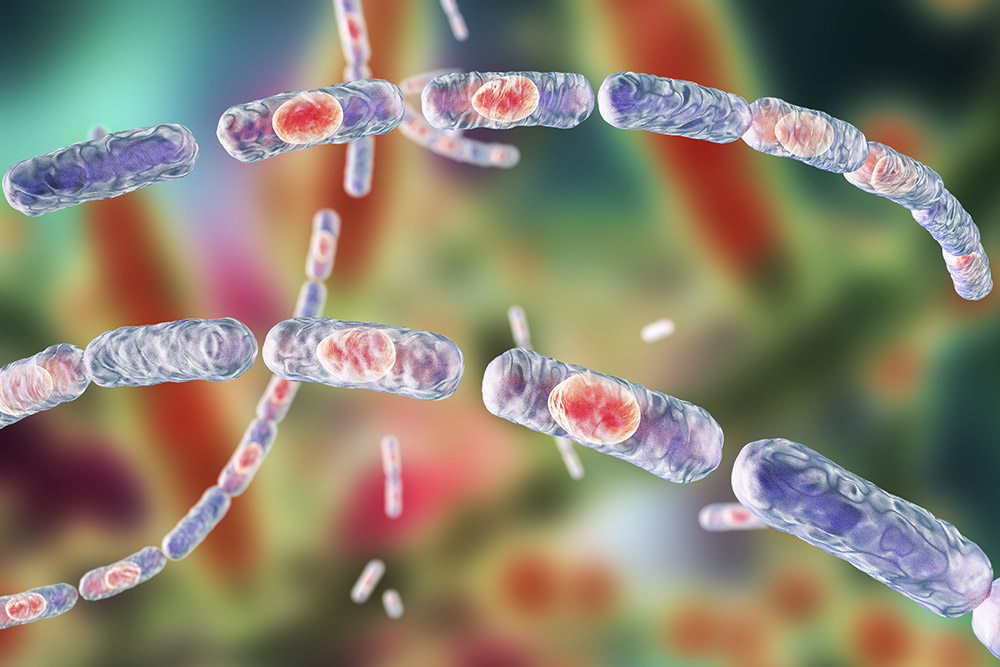NEW YORK – T2 Biosystems announced on Tuesday that it has obtained 510(k) clearance from the US Food and Drug Administration for its T2Biothreat Panel.
The panel is now the only FDA-cleared multi-target biothreat product developed and manufactured by a US-owned company, the Lexington, Massachusetts-based firm said in a statement.
“With receipt of the FDA 510(k) clearance, which we believe demonstrates unparalleled sensitivity and specificity in direct-from-blood multi-target biothreat detection, we have immediately shifted our focus to commercialization of the T2Biothreat Panel, which we intend to sell to commercial markets and governments,” T2 Biosystems Chairman and CEO John Sperzel said in a statement.
The biothreat panel detects six organisms directly from blood using the T2Dx instrument. Specifically, it detects the organisms that cause anthrax (Bacillus anthracis), tularemia (Francisella tularensis), glanders (Burkholderia mallei), melioidosis (Burkholderia pseudomallei), plague (Yersinia pestis), and typhus (Rickettsia prowazekii).
The US clinical evaluation to support the FDA 510(k) submission included testing of the T2Biothreat Panel at MRIGlobal, a Biosafety Level 3 laboratory specializing in biothreat pathogens, and at Ochsner Medical Center.
In its statement, T2 said that the clinical evaluation assessed the sensitivity and specificity of the panel to detect targets in blood samples containing a range of bacterial concentrations. The positive percent agreement for all targets at 1 to 3 times the limit of detection was 100 percent for all targets except F. tularensis, which was 94.3 percent. The negative percent agreement for all six targets in blood from healthy or febrile patients containing no bacteria was 100 percent.
The T2Biothreat Panel has been funded in part by a $62 million contract from the US Department of Health and Human Services’ Biomedical Advanced Research and Development Authority.

